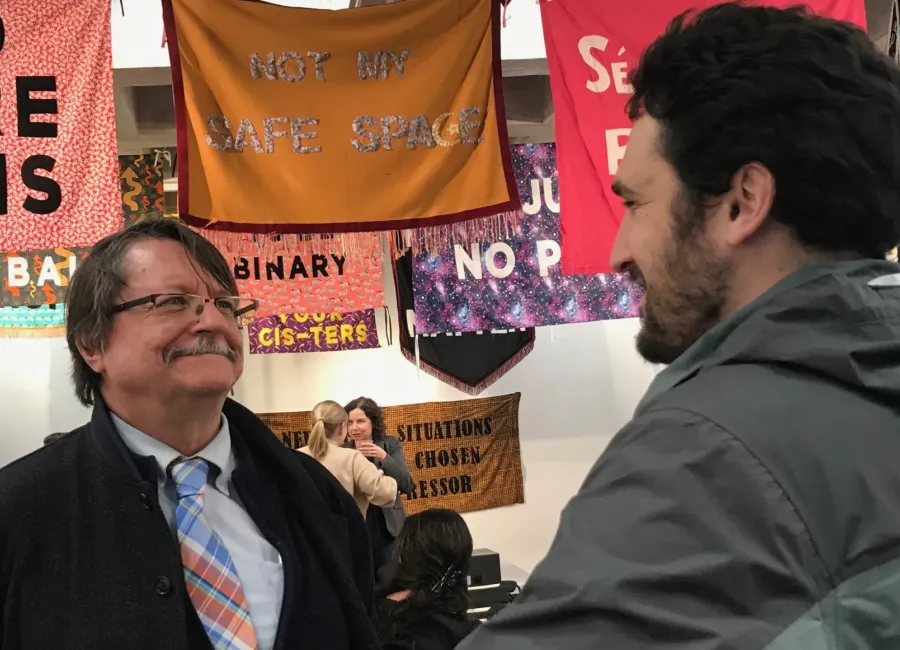History is the study of the deep relationships between our present and our pasts—between who we are now and who we have been as people in local and global communities. At Ithaca College, you'll explore the forces that have shaped humanity while developing critical thinking and communication skills through close collaboration with faculty.
Welcome to the History Department!

Natalie Howlett, Class of 2019
Our Mission
We believe that history is as much an approach to knowledge as it is a body of discrete information, and we're committed to the humanist principle that education must carry with it the ability to communicate one's knowledge. We therefore offer the following mission statement:
The goal of the Department of History is to make students aware of the deep origins and the interconnectedness of contemporary life. Such a perspective places the present in context and challenges our culture's emphasis on newness and the disconnectedness of events. It prepares students to understand and participate more knowingly in the contemporary world.

The distinct memory I have is of David McKeith beginning his lectures with words like this, "Let's go back 250 years. You are walking down a cobblestone street in the north end of Boston......" This was history coming alive.
-- Bruce Smith, Class of '73
Contact Us!
For more information about our programs or to schedule a visit, reach out to:
Matt Klemm, Professor and Department Chair
Penny Bogardus, Administrative Assistant